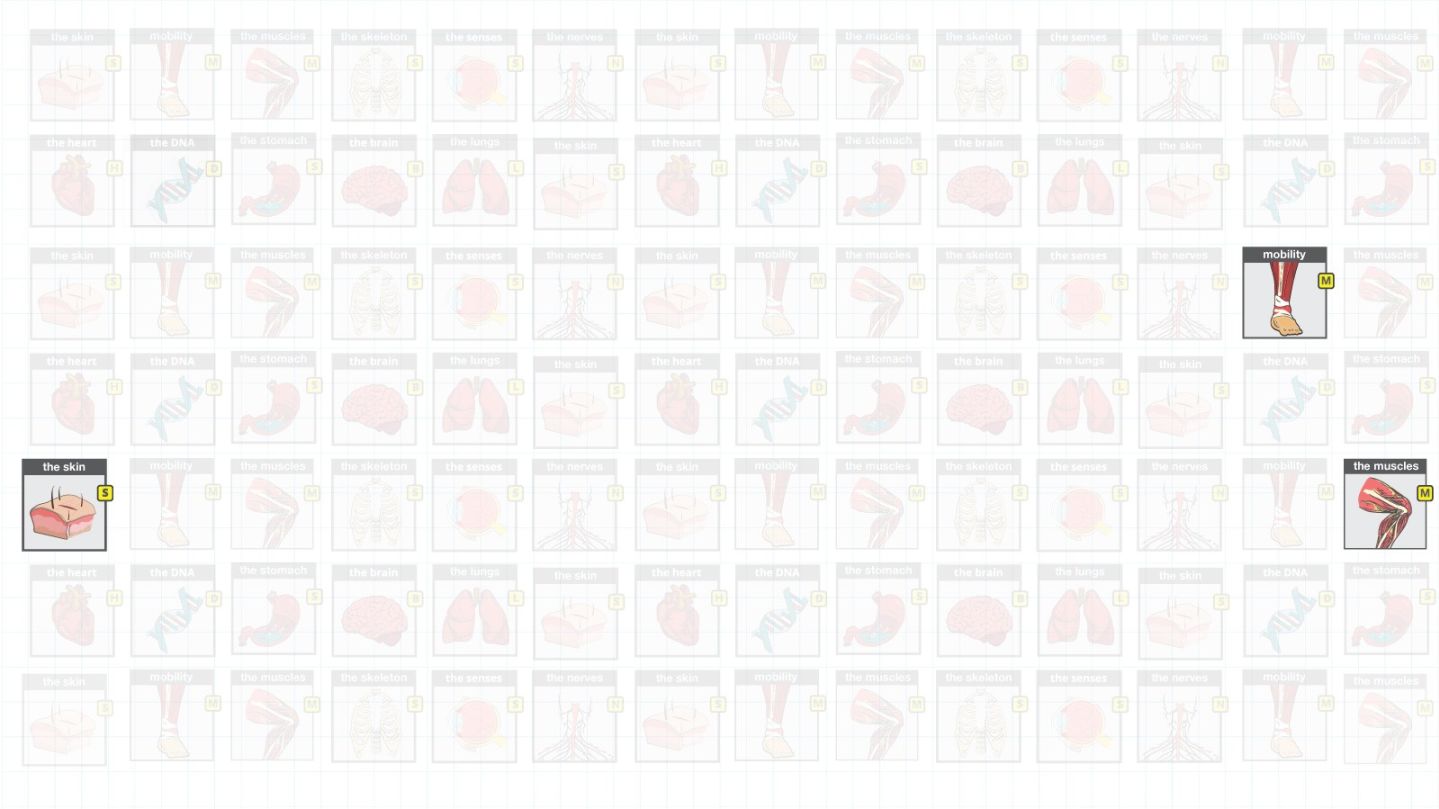Story highlights
The less you weigh and the more fit you become, the fewer calories you burn doing the same amount of exercise
Irregular eating patterns can decrease the number of calories burned during digestion
Metabolism is a term that is thrown around a lot in the nutrition world, but most people don’t fully understand what it really is, what aspects of your metabolism are under your control and how you can optimize it to help you lose weight and keep the weight off.
The term metabolism actually refers to all the chemical processes that take place in your body to keep you alive. When it comes to weight loss, most people are referring to the total energy expenditure (TEE), or the number of calories that you burn on a daily basis.
Resting metabolic rate, the calories your body burns at rest, makes up approximately two-thirds of TEE and depends on your age, sex, body size, its composition, hormone levels and recent energy intake. The more body mass you have, the more you burn, and muscles and other lean tissue, especially major organs, burn significantly more than fat.
As we age, changes in hormones and protein metabolism, in conjunction with decreased physical activity, lead to a muscle loss of approximately 3% per decade beginning in your 30s, often accompanied by a slow gain in fat. Regular strength training can help offset these changes in body composition, just one factor you can control.
Genetics plays a role. And restricting calories can also decrease resting metabolism. A recent study showed a decrease of 72 calories per day after just three weeks of cutting calories in half. This may not seem like much but it could be a major factor in weight regain over time.
The second major component of TEE is activity energy expenditure, which accounts for 15% to 30% of the total calories you burn each day, depending on how physically active you are. This includes exercise and non-exercise activity you do on a daily basis, such as taking the stairs at work, active hobbies, grocery shopping, even fidgeting.
Exercise can help offset some of the undesirable drop in metabolism associated with dieting so it is a critical component of weight loss.
For some, there can be frustration
One important aspect of exercise that many people fail to realize when they are trying to lose weight is that the less you weigh and the more fit you become, the fewer calories you burn doing the same amount of exercise. This phenomenon leads to frustrating weight loss plateaus.
And it’s why it is important to modify your workouts regularly: work out longer, increase the intensity of your current regimen, and change the types of exercises you do to work different muscle groups. Studies show that if you exercise more intensely, particularly high-intensity interval training and high-intensity resistance training, you get a small boost in your metabolism for up to 48 hours post workout, but the clinical significance of this “afterburn” is questionable.
Non-exercise activity also plays an important role. Research performed at the Mayo Clinic shows that it can burn hundreds of extra calories per day. Unfortunately, such activity has dropped significantly due to the mechanization of our society: garage door openers, washing machines, dishwashers, computers, television viewing, escalators and a significant population shift toward more sedentary occupations.
For this reason, many weight-loss experts focus not only on increasing exercise but also on boosting daily non-exercise activity through simple interventions such taking the stairs at work, standing while talking on the phone, or getting off one or two bus stops early on your daily commute and walking the remainder of the way to work.
The final component of TEE is the calories you burn digesting and processing the food you eat, accounting for only about 10% of the total. Protein requires more calories to digest and process than carbohydrates, and carbohydrates more than fat, but that doesn’t mean that you should load up on chicken breasts to boost your metabolism. Total caloric intake still matters the most, although the quality of those calories does play an important role in facilitating weight loss.
Might want to chow down in the morning
Irregular eating patterns can decrease the number of calories burned during digestion and the time of day that you eat can also play a role. A recent study suggested that there is a significantly greater boost in postmeal calorie burning in the morning than in the evening, so perhaps the old adage “eat like a king at breakfast, a prince at lunch and a pauper at dinner” has merit.
While there is a lot that we know about metabolism, there is a great deal we don’t know, particularly when it comes to individual variability in the different components of total energy expenditure.
Until we learn more, your best bet is to exercise regularly (including both cardio and strength training), pump up the intensity of workouts if and when you can, eat regularly (don’t skip breakfast and have a huge dinner), don’t crash diet – and lead a more active lifestyle.
Dr. Melina B. Jampolis is the president of the National Board of Physician Nutrition Specialists and the author of “The Doctor on Demand Diet.”














